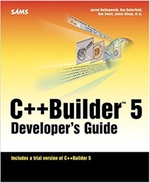Getting started writing an Alexa Skill
We now have 4 Amazon Echo devices in the house, and, inspired by a demo LornaJane gave me at DPC, I have decided to write some skills for it. This article covers what I learnt in order to get my first Swift skill working. Our bins are collected by the council every other week; one week it's the green recycling bin and the other week, it's the black waste bin. Rather than looking it up,… continue reading.


